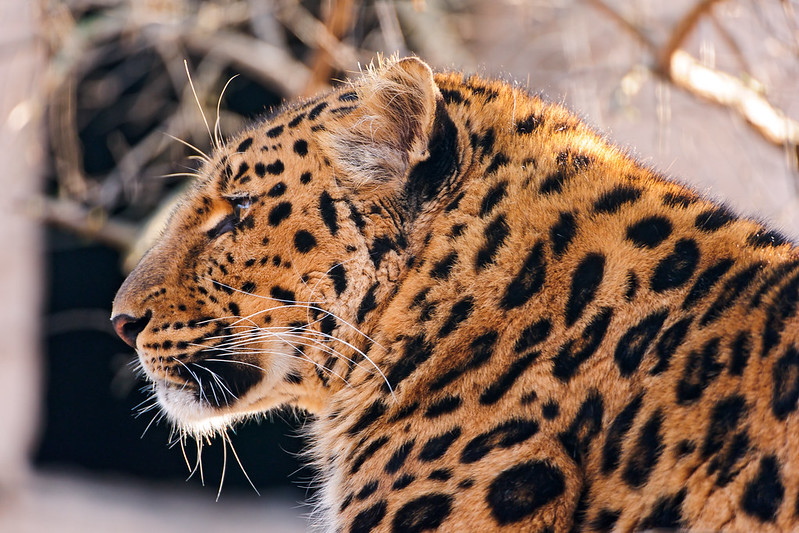Introduction
Deep within the remote forests of the Russian Far East, a rare and elusive feline prowls— the Amur Leopard. This comprehensive article seeks to shed light on the remarkable world of this critically endangered big cat, offering insights into its life, habitat, and the urgent need for its conservation.
Taxonomy and Classification
To understand the Amur Leopard, we must begin with its taxonomical classification. Scientifically known as Panthera pardus orientalis, it belongs to the family Felidae, encompassing all modern-day cats. This elegant subspecies, adapted to a unique environment, stands as a testament to nature's diversity.
Appearance and Characteristics
Striking Coat
The Amur Leopard boasts a mesmerizing coat adorned with distinctive, large, and closely spaced rosettes. These rosettes are characterized by a center that is often devoid of spots, creating a captivating pattern that provides camouflage amidst the dense forests and snowy landscapes of its habitat.
Size and Build
Although it is one of the smaller leopard subspecies, the Amur Leopard is still a formidable predator. Adult males typically weigh between 70 to 105 pounds, while females are slightly smaller. Their sleek and muscular build aids them in their role as skilled hunters.
Habitat and Range
The Amur Leopard's range is incredibly restricted, primarily occupying the temperate forests of the Russian Far East, near the Amur River basin. This region, characterized by rugged terrain and a temperate climate, serves as the last refuge for this remarkable feline.
Lifestyle and Behavior
Solitary Predators
Amur Leopards are solitary creatures, with each individual maintaining a vast territory to avoid competition for resources. Their hunting prowess is well-documented, with deer and wild boar being primary prey species. Their stealth and agility make them effective ambush hunters.
Nocturnal Habits
These leopards are primarily nocturnal, preferring to hunt and move under the cover of night. This behavior allows them to remain elusive and avoid human contact as much as possible.
Conservation Status
The Amur Leopard faces a dire conservation status, with the International Union for Conservation of Nature (IUCN) listing it as critically endangered. The primary threats to their survival include habitat loss due to logging, poaching for their stunning fur, and human-wildlife conflicts.
Conservation Efforts
Numerous conservation organizations and governments are working tirelessly to protect the Amur Leopard and its habitat. These efforts include establishing protected areas, anti-poaching initiatives, and community-based conservation projects aimed at mitigating human-leopard conflicts.
Conclusion
In conclusion, the Amur Leopard is a magnificent and critically endangered big cat, residing in the remote forests of the Russian Far East. This article has provided insights into its taxonomy, appearance, habitat, behavior, and the urgent need for its conservation. By offering comprehensive information, we aim to raise awareness about this remarkable species and advocate for the preservation of its dwindling population, ensuring that future generations may continue to marvel at the beauty and resilience of the Amur Leopard in the wild.


تعليقات
إرسال تعليق